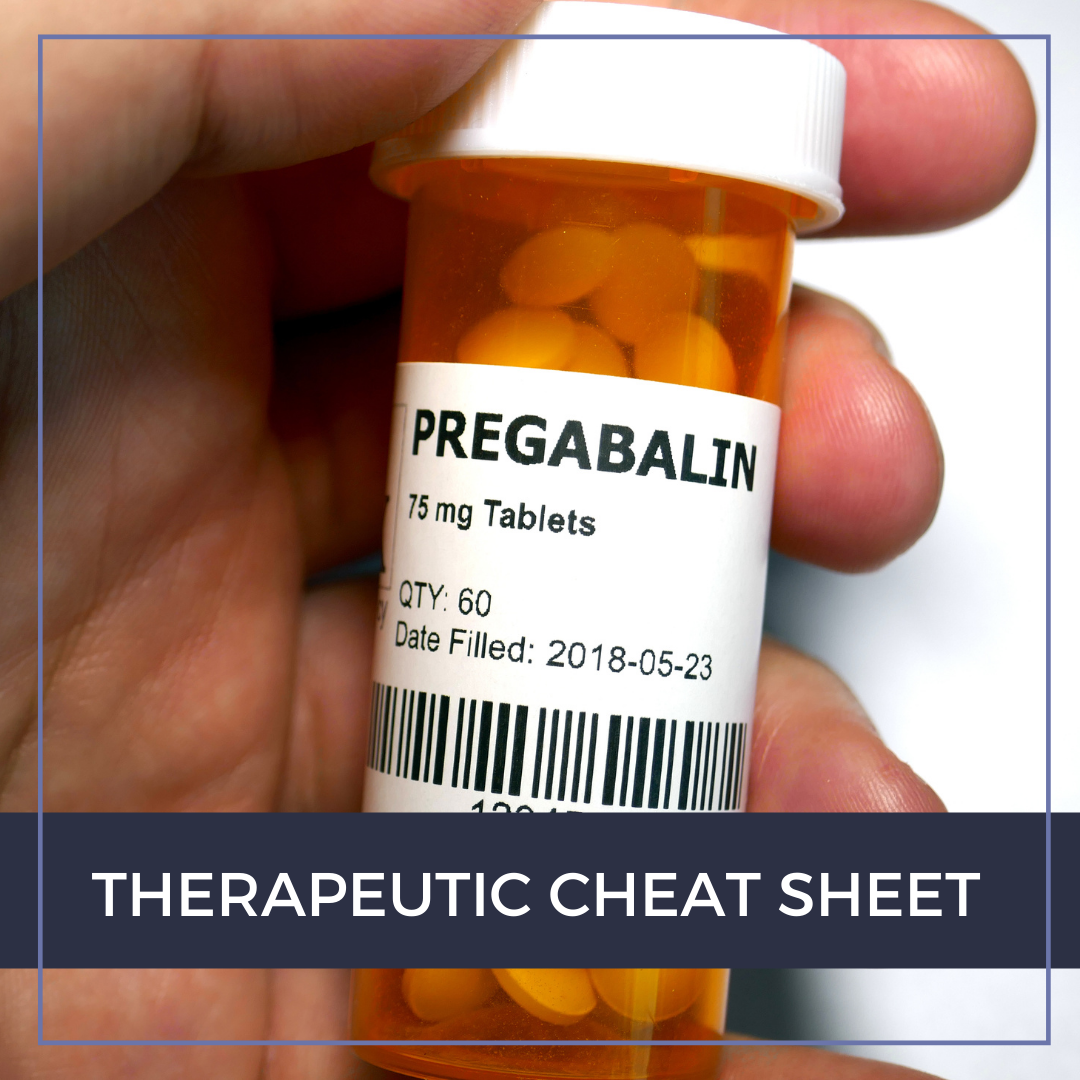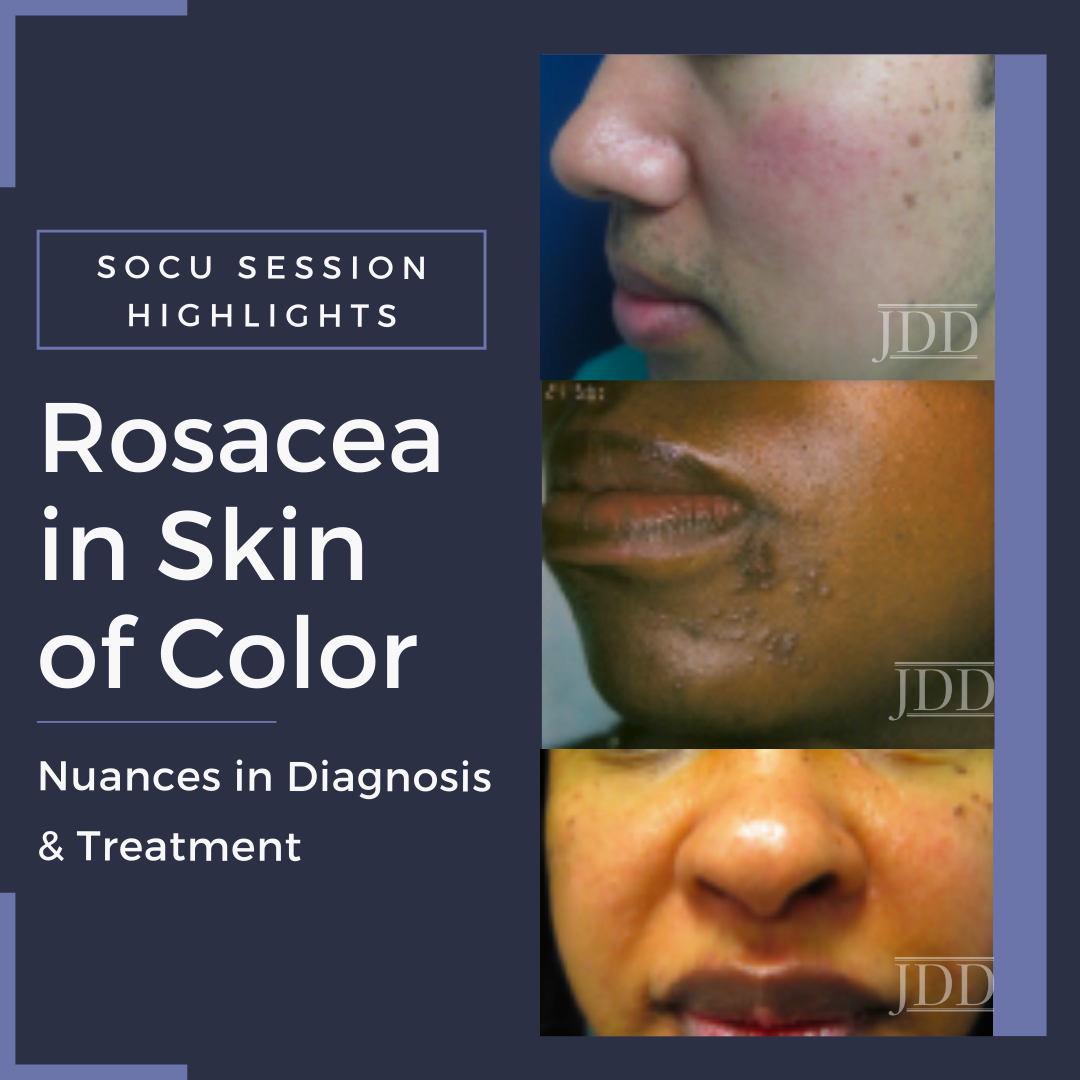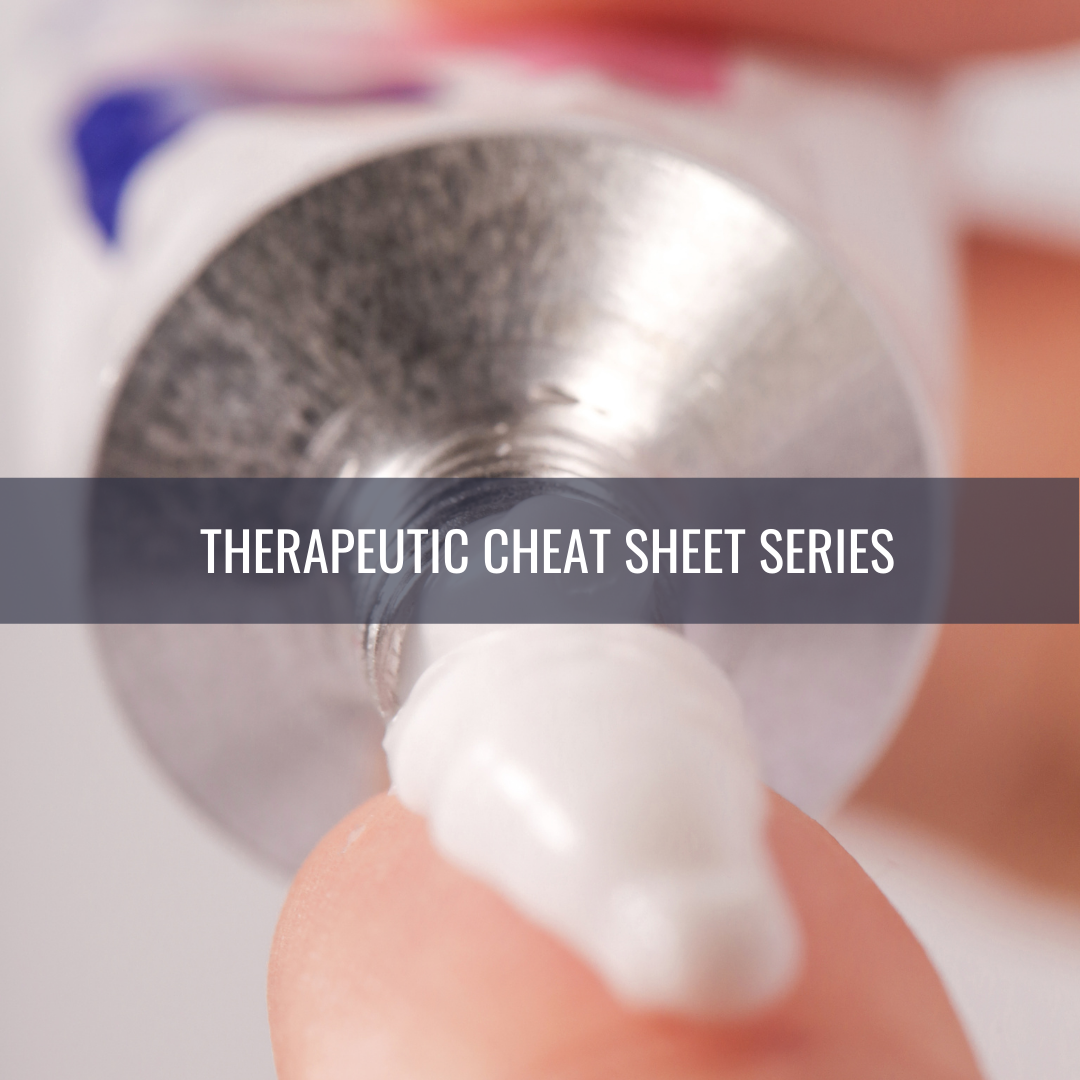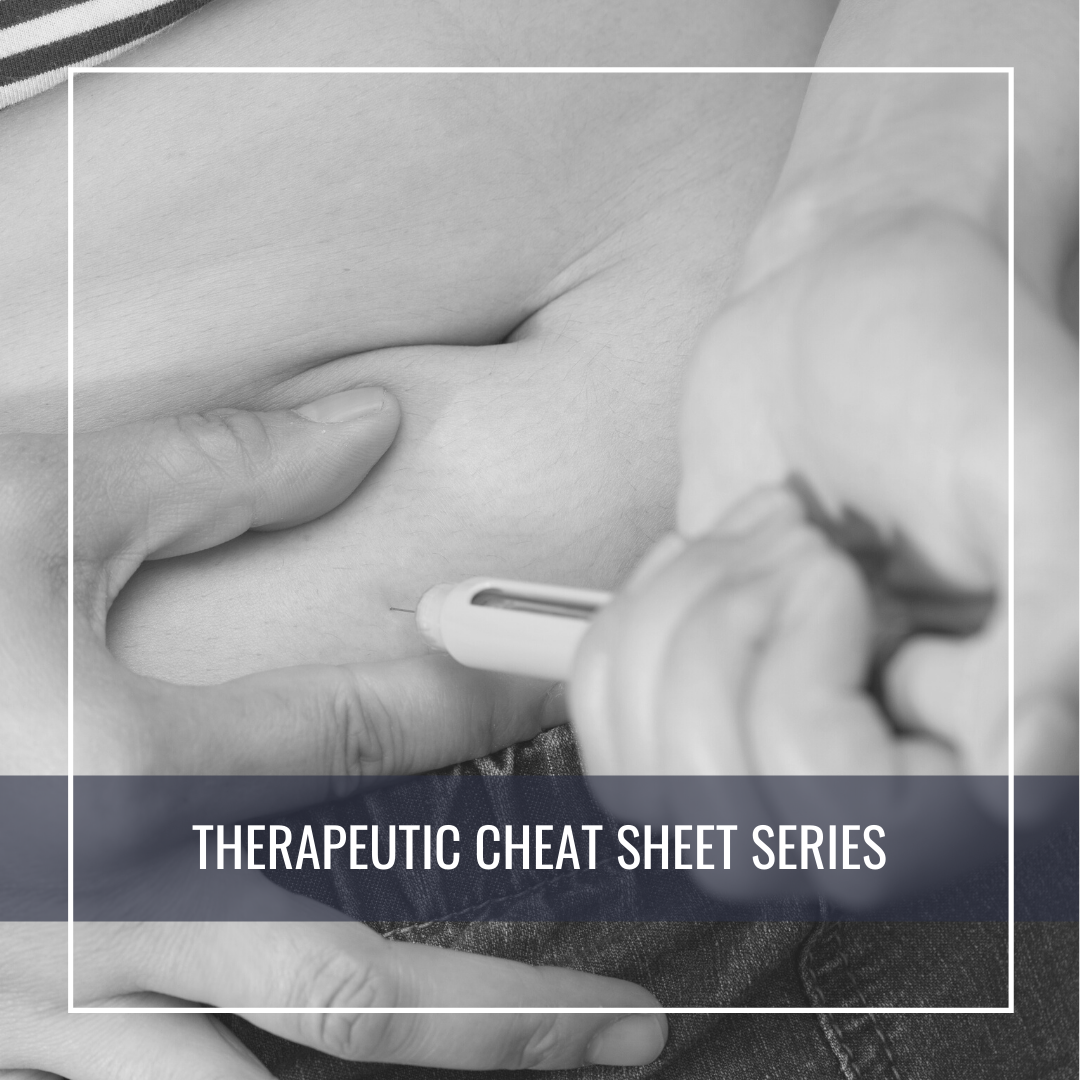Pediatric Lichen Planopilaris Treated With Pioglitazone
 Pediatric lichen planopilaris (LPP) is a clinical variant of lichen planus (LP) that can lead to scarring hair loss without prompt intervention. While various therapies exist, intralesional and topical corticosteroids remain the mainstay of treatment in pediatric LPP. Refractory cases may require systemic therapies, selection of which may prove challenging due to the lack of data regarding pediatr …
Pediatric lichen planopilaris (LPP) is a clinical variant of lichen planus (LP) that can lead to scarring hair loss without prompt intervention. While various therapies exist, intralesional and topical corticosteroids remain the mainstay of treatment in pediatric LPP. Refractory cases may require systemic therapies, selection of which may prove challenging due to the lack of data regarding pediatr …
 Pediatric lichen planopilaris (LPP) is a clinical variant of lichen planus (LP) that can lead to scarring hair loss without prompt intervention. While various therapies exist, intralesional and topical corticosteroids remain the mainstay of treatment in pediatric LPP. Refractory cases may require systemic therapies, selection of which may prove challenging due to the lack of data regarding pediatr …
Pediatric lichen planopilaris (LPP) is a clinical variant of lichen planus (LP) that can lead to scarring hair loss without prompt intervention. While various therapies exist, intralesional and topical corticosteroids remain the mainstay of treatment in pediatric LPP. Refractory cases may require systemic therapies, selection of which may prove challenging due to the lack of data regarding pediatr … Continue reading "Pediatric Lichen Planopilaris Treated With Pioglitazone"


 Chronic pruritus affects 8-16% of the general population and has a profound impact on patient quality of life.1-3Although the symptom of pruritus may originate from a number of underlying etiologies, including metabolic derangements and infectious causes, along with neoplastic, inflammatory, or psychiatric conditions, other cases may be idiopathic in nature.4 Given the diversity of underlying cont …
Chronic pruritus affects 8-16% of the general population and has a profound impact on patient quality of life.1-3Although the symptom of pruritus may originate from a number of underlying etiologies, including metabolic derangements and infectious causes, along with neoplastic, inflammatory, or psychiatric conditions, other cases may be idiopathic in nature.4 Given the diversity of underlying cont …  Wow! Prior to my attendance to the 2020 Skin of Color Virtual Conference, I had not fully realized the deficits in my learning when it came to recognizing common dermatologic conditions in our skin of color (SOC) patient population. Prior to Dr. Ted Rosen’s lecture on rosacea in SOC patients I had figured I knew enough to identify this dermatologic condition in most clinical settings as well as …
Wow! Prior to my attendance to the 2020 Skin of Color Virtual Conference, I had not fully realized the deficits in my learning when it came to recognizing common dermatologic conditions in our skin of color (SOC) patient population. Prior to Dr. Ted Rosen’s lecture on rosacea in SOC patients I had figured I knew enough to identify this dermatologic condition in most clinical settings as well as …  Dermatophyte infections are estimated to affect about 25% of the world’s population, representing some of the most common infections in the world. Conditions such as onychomycosis and tinea capitis may significantly impact quality of life by way of their symptoms or appearance, making adequate treatment important. Oral and topical formulations of terbinafine are commonly used on- and off-label f …
Dermatophyte infections are estimated to affect about 25% of the world’s population, representing some of the most common infections in the world. Conditions such as onychomycosis and tinea capitis may significantly impact quality of life by way of their symptoms or appearance, making adequate treatment important. Oral and topical formulations of terbinafine are commonly used on- and off-label f …  Atopic dermatitis (AD) is a common skin condition characterized by pruritus and occurs as a result of factors related to impaired skin barrier and immune response, as well as environmental and infectious agents. Patients with poor control on topical therapy are looking for safe and effective systemic treatments. We continue our series, Therapeutic Cheat Sheet, with a closer look at dupilumab, whic …
Atopic dermatitis (AD) is a common skin condition characterized by pruritus and occurs as a result of factors related to impaired skin barrier and immune response, as well as environmental and infectious agents. Patients with poor control on topical therapy are looking for safe and effective systemic treatments. We continue our series, Therapeutic Cheat Sheet, with a closer look at dupilumab, whic …